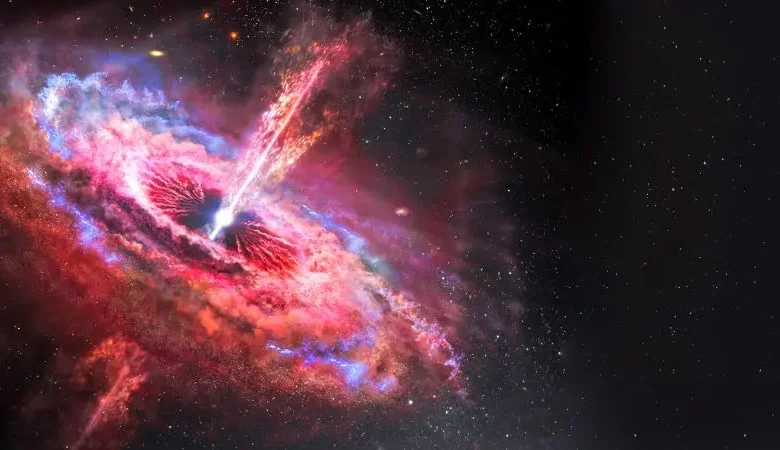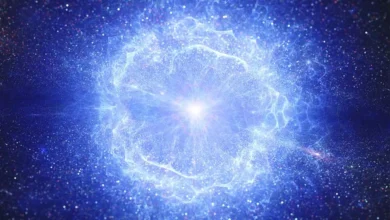Study reveals spinning massive black hole in our galaxy

Recent research conducted by a team of physicists has shed light on the rapidly spinning massive black hole, Sagittarius A*, located at the center of our galaxy.
The study, published in the Monthly Notices of the Royal Astronomical Society, used NASA’s Chandra X-ray Observatory to observe the black hole and determine its rotational speed.
Using the outflow method, which examines radio waves and X-ray emissions from the surrounding material and gases, the researchers confirmed that Sagittarius A* is indeed spinning. This spinning creates the phenomenon known as the Lense-Thirring effect, also referred to as frame dragging.
Lead study author Ruth Daly, a physics professor at Penn State University, explained that the black hole drags space-time along with its spin, resulting in the squishing of space-time, akin to the shape of a football.
Study reveals spinning massive black hole in our galaxy

Understanding the alteration of space-time has important implications for astronomers, providing valuable insights into the role of black holes in galaxy formation and evolution. This phenomenon reveals that black holes are dynamic and can spin, ultimately impacting the galaxies they reside in.
Determining the spin of a black hole is crucial for comprehending its formation and evolution. Sagittarius A*’s spin value falls between 0.84 and 0.96, as calculated using the outflow method. Comparatively, M87*, a black hole in the Virgo galaxy cluster located 55 million light-years away, was found to spin at a value of 1.
Notably, while these two black holes exhibit similar spin rates, M87* is much more massive than Sagittarius A*, resulting in Sagittarius A* covering less distance during one complete rotation.

Understanding the mass and spin of black holes assists astronomers in unraveling their origins and histories. Dejan Stojkovic, a professor of cosmology at the University at Buffalo, explained that black holes formed from smaller merging black holes tend to have lower spin values, while those formed through accretion of surrounding gas show higher spin values. The rapid spin of Sagittarius A* suggests a significant contribution of mass through accretion.
Measuring the properties of our galaxy’s central black hole is vital to better understanding its history and structure. It allows scientists to test existing theories and explore fascinating possibilities like the existence of wormholes.
Stojkovic added, “Ultimately, we want to measure the properties of the center of our galaxy as well as possible. This way we can learn about the history and structure of our galaxy, put our theories to (the) test, or even infer the existence of some very interesting and intriguing objects like wormholes.”









